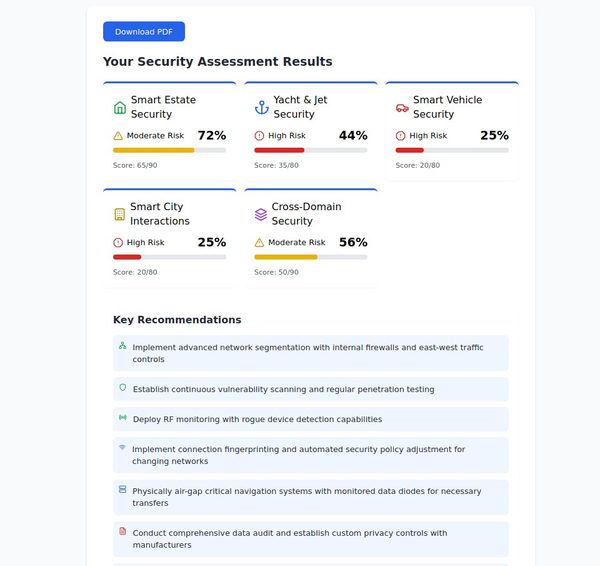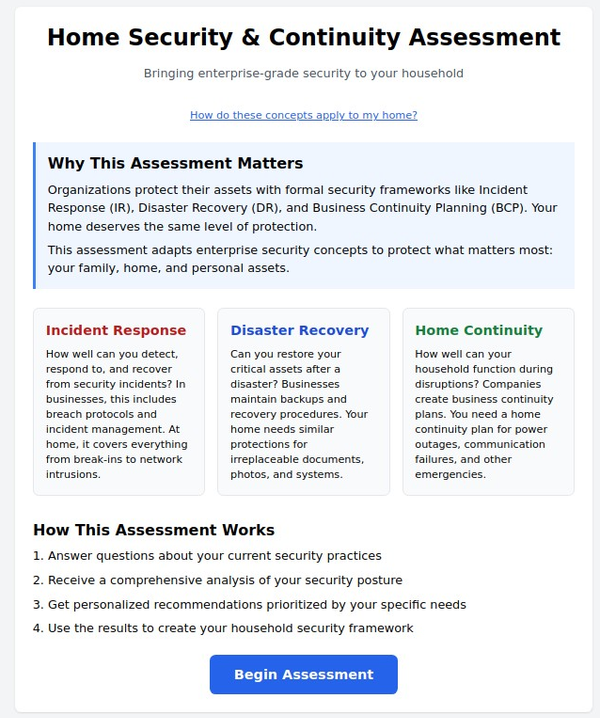Hackable Smart Home Devices - IoT

Here is a list of smart home devices that are known to be vulnerable to hacking, based on the information I found:
- Smart TVs: Susceptible to remote access for spying, malware distribution, and unauthorized use of streaming services.
- Smart Refrigerators: Can be exploited to access sensitive information stored in linked Google accounts.
- Smart Coffee Machines: Vulnerable to remote access, potentially leading to safety hazards like starting a fire.
- Baby Monitors: Can be compromised for unauthorized audio/video access and triggering false alarms.
- Security Systems: One vulnerable camera can expose the entire system, leading to data theft or physical break-ins.
- Thermostats: Hackers can control thermostats to increase bills or demand ransoms.
- Voice-activated Speakers: Devices like Amazon Echo or Google Home can be hacked to access personal information, including banking data.
- Digital Picture Frames: Can carry malware and be used for home surveillance.
- Garage Door Openers: Vulnerable to remote control by hackers, revealing your schedule.
- Home Wi-Fi Routers: Compromise can lead to severe consequences, including identity theft and physical break-ins.
- Smart Cars: Connecting smartphones can expose data, and cars can be stolen or have safety systems compromised.
- Drones: Susceptible to hijacking, leading to theft of the device or the data it carries.
- Smart Locks: Smart locks can be hacked to gain unauthorized access. Techniques like replay attacks, where a hacker captures the unlocking command to use later, are common vulnerabilities.
- Smart Lights: Vulnerable to hacking, which can disrupt the lighting system or be used as an entry point to a home network.
- Wi-Fi Cameras: Often targeted for accessing live feeds, recording, or disabling security features.
- Smart Plugs and Outlets: Hackers can take control of these devices, turning them on or off remotely, potentially leading to safety hazards.
- Smart Thermostats: Beyond temperature control, hackers can access network data or personal information stored on these devices.
- Smart Doorbells: Vulnerable to hacking for unauthorized access to video and audio feeds, potentially allowing burglars to know when the house is empty.
- Home Automation Hubs: These central control points for smart homes can be exploited to gain control over multiple connected devices.
- Fitness Trackers and Smartwatches: These wearables can be hacked to track location, access personal data, or even control other connected devices.
- Smart Kitchen Appliances: Including ovens and microwaves, these devices can be hacked for unauthorized control, posing potential safety risks.
- Robot Vacuums: Can be exploited to access the mapping data of your home or other sensitive information.
- Smart Irrigation Systems: Vulnerable to hacking, leading to overuse or disruption of water usage, potentially damaging property.
- Health Monitoring Devices: Devices that monitor health metrics can be hacked to access sensitive health information.
- Pet Monitors and Feeders: Can be hacked to disrupt the feeding schedule or monitor activities in the house.
In addition, the Open Web Application Security Project (OWASP) annually releases a list of the top IoT vulnerabilities. Common flaws include weak or hardcoded passwords, insecure ecosystem interfaces, and insecure network services, as demonstrated in various real-world settings and research into these devices.
This list underscores the importance of securing smart home devices against potential cyber threats. It's crucial to regularly update device firmware, use strong, unique passwords, and be cautious of the sources from which you download software or applications.





